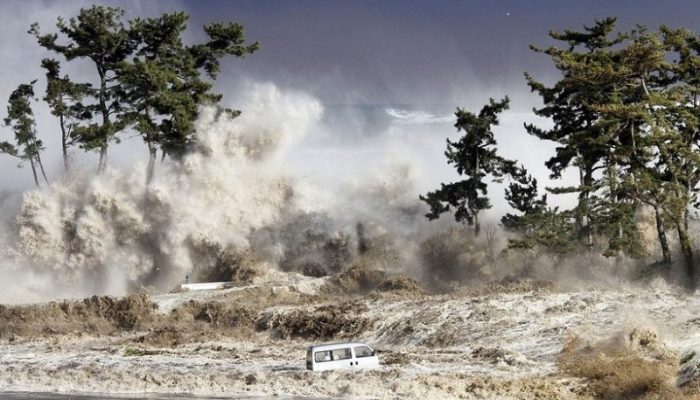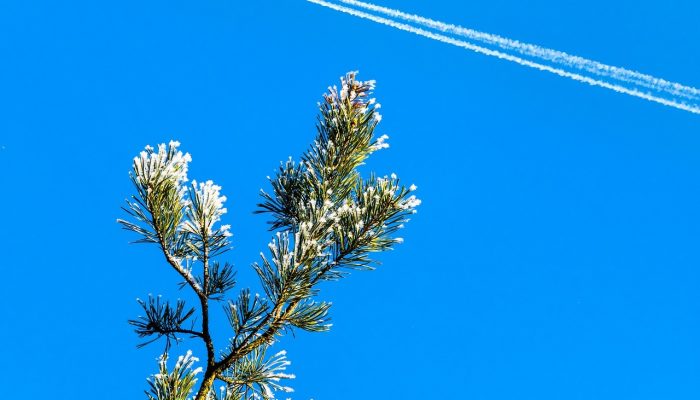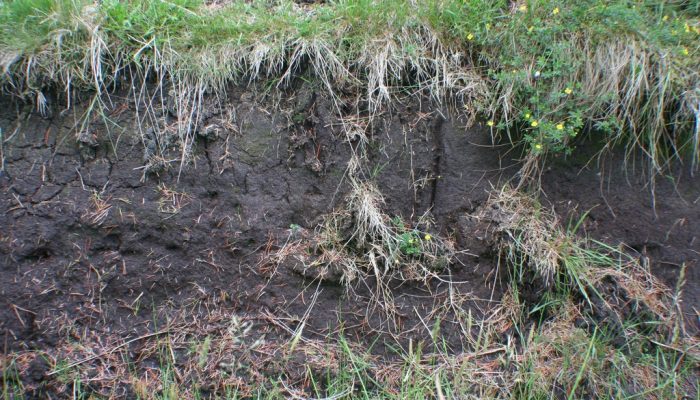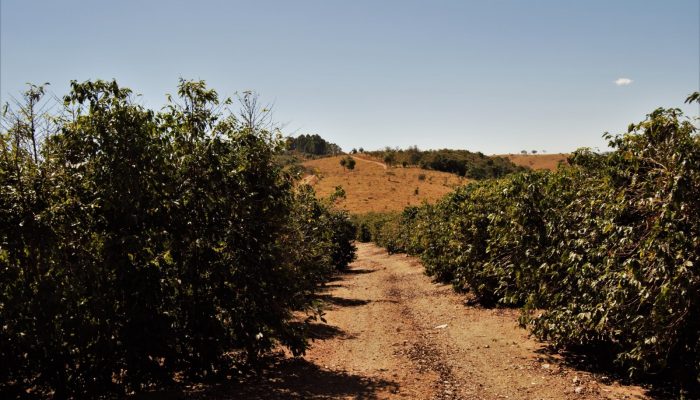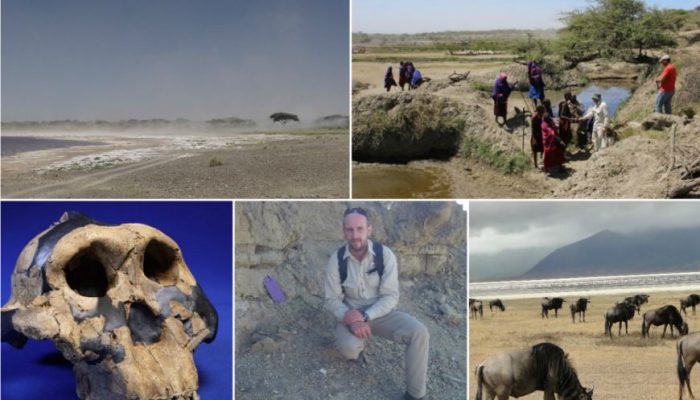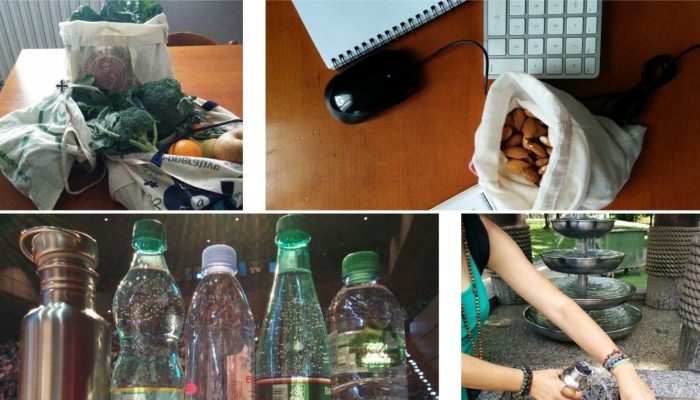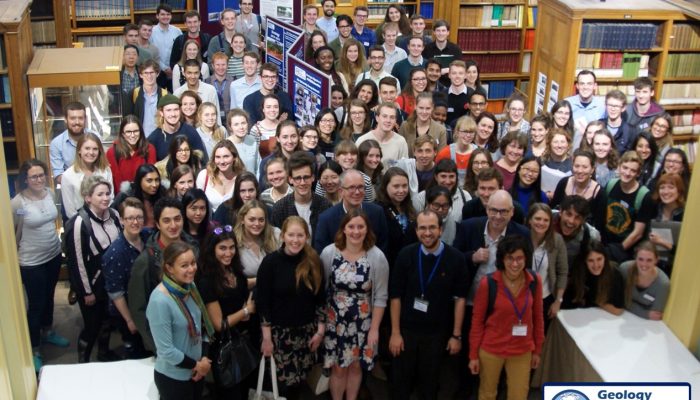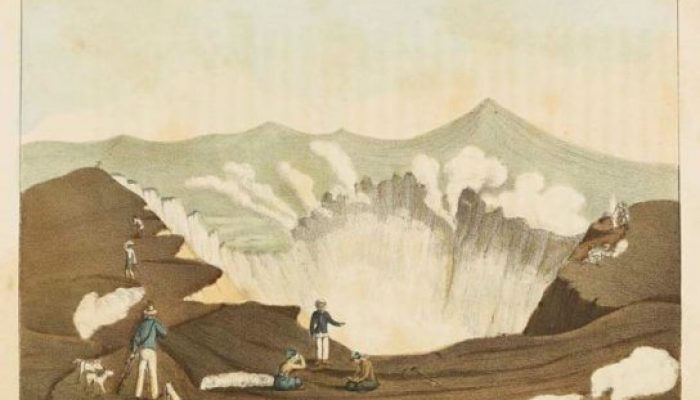Each month, Jesse Zondervan picks his favourite posts from geoscience and development blogs/news which cover the geology for global development interest. Here’s a round-up of Jesse’s selections for the last four weeks: If we want to solve the world’s problems, we need all the world’s scientists. Social Entrepreneur Nina Dudnik speaks out against prejudice towards scientists in the developing world ...[Read More]
Geology for Global Development
The Case Against Fieldwork – How can we internalise the carbon cost of fieldwork, as scientists who investigate the earth system?
There are few, if any, fields of human study for which fieldwork is more fundamental than geology. For many geologists, the solid earth itself is their subject, and this means observations can be made at any given location on the planet. Moreover, the local quirks of different environments almost necessitate a diverse range of study sites for us to fully comprehend the differing processes that gov ...[Read More]
Geology for Global Development
Peat in the Tropics
As has been previously discussed in Robert’s blog, fertile soil is an incredibly important resource that is fast running out in many regions of the world. It is true that soil’s importance for agriculture (and sustainable development) cannot be understated, but I wish to focus on another aspect of soil in this week’s blog– its ability to store carbon. One soil type in particular, peat, is an incre ...[Read More]
Geology for Global Development
Bárbara Zambelli Azevedo: Phosphorus Crisis – A Food Crisis?
Take a look and try to identify anything around you that has phosphorus as a component. Phosphorus – the P element – is critical for life, like oxygen, nitrogen and carbon, being present in every plant, animal and bacteria. It constitutes cell walls, DNA, RNA and ATP, which transports energy to the brain. Our bones and teeth include phosphorus. Now look again and you might see that pho ...[Read More]
WaterUnderground
A Tanzanian groundwater safari through the last 2 million years
Post by Mark Cuthbert, Research Fellow and Lecturer at Cardiff University, in the United Kingdom, and by Gail Ashley, Distinguished Professor at Rutgers University, in the United States. _______________________________________________ During the dry season, Lake Masek in Northern Tanzania (see map) is a lovely place to be if you’re a hippo or a flamingo, but for humans it’s an inhospitable environ ...[Read More]
WaterUnderground
Want to contribute to IAHS’ discussion about 23 unsolved problems in hydrology?
Inspired by the famous list of unsolved math problems (hence the header image), the International Association of Hydrological Sciences has an interesting challenge for us all: define 23 unsolved problems in hydrology: The International Commission on Groundwater is going to submit a few problems via the LinkedIn forum. A few of us at Water Underground are going to put our thinking caps on and submi ...[Read More]
Geology for Global Development
How do you monitor an internationally disruptive volcanic eruption? How can you communicate SDGs in an Earth Science class? Jesse Zondervan’s Nov 13 – Dec 13 2017 #GfGDpicks #SciComm
Each month, Jesse Zondervan picks his favourite posts from geoscience and development blogs/news, relevant to the work and interests of Geology for Global Development . Here’s a round-up of Jesse’s selections for the past four weeks: Bali’s Mount Angung started erupting ash this month, and a post on the Pacific Disaster Center’s website gives you an insight into the workings of Indonesia’s early ...[Read More]
WaterUnderground
On the social responsibility of water scientists
Post by Viviana Re, a post-doctoral research fellow at the Department of Earth and Environmental Sciences of the University of Pavia, in Italy. _______________________________________________ Should we feel a moral obligation to engage, if our work has real implications on society? As an environmental scientist, with a PhD in Analysis and Governance of Sustainable development, I grew up “multidisc ...[Read More]
Geology for Global Development
Photo Highlights – 5th GfGD Annual Conference
Kindly hosted and supported by the Geological Society of London, our 5th Annual Conference had the theme “Cities – Opportunities and Challenges for Sustainable Development”. The event gathered more than 130 participants, with diverse speakers from the public and private sectors, academia and civil society! Find resources online . Thanks to Jesse Zondervan (Plymouth University) fo ...[Read More]
VolcanicDegassing
Lahar: Lost in translation?
Since late September, the eyes of the volcano world have turned to Gunung Agung. This prominent volcano in Bali last erupted in 1963, when it released enough sulphur dioxide to form a global stratospheric sulphate aerosol layer that led to vivid sunsets, and short-term global cooling. The 1963 eruption was one of the largest and deadliest in Indonesia in the 20th century; and many of the casualtie ...[Read More]

